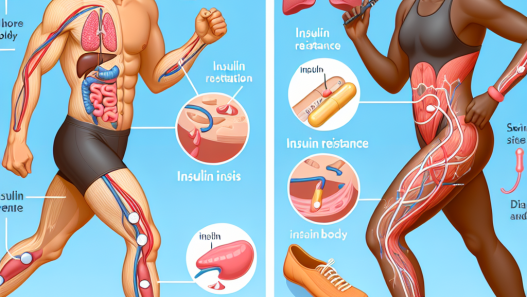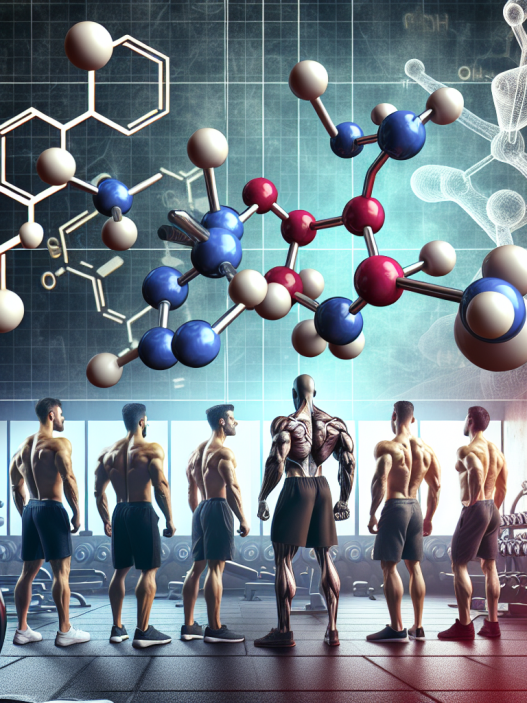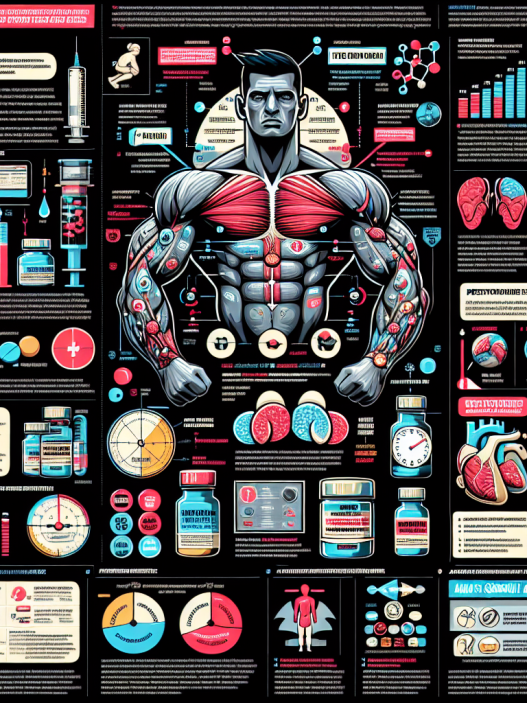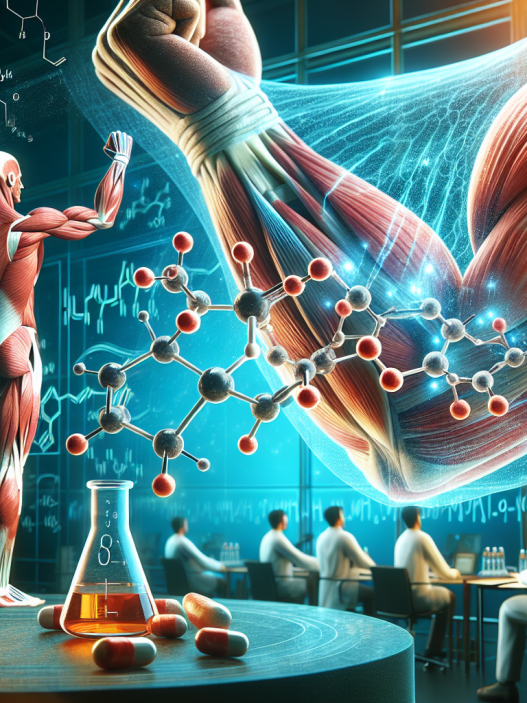-
Table of Contents
Methyltrenbolone: Doping in Sports Pharmacology
The use of performance-enhancing drugs in sports has been a controversial topic for decades. Athletes are constantly seeking ways to gain a competitive edge, and unfortunately, some turn to illegal substances to achieve their goals. One such substance that has gained attention in recent years is methyltrenbolone, a potent anabolic steroid with a high risk of adverse effects. In this article, we will explore the pharmacology of methyltrenbolone, its use in sports, and the potential consequences of its abuse.
What is Methyltrenbolone?
Methyltrenbolone, also known as R1881, is a synthetic androgenic-anabolic steroid derived from nandrolone. It was first developed in the 1960s by Roussel-Uclaf, a French pharmaceutical company, for the treatment of breast cancer and osteoporosis. However, due to its high potency and potential for abuse, it was never approved for medical use and is only available on the black market.
Chemically, methyltrenbolone is a modified form of trenbolone, a popular steroid used by bodybuilders and athletes. The addition of a methyl group at the 17th carbon position makes it more resistant to metabolism, allowing it to remain active in the body for longer periods. This also increases its anabolic and androgenic effects, making it one of the most powerful steroids available.
Pharmacokinetics and Pharmacodynamics
Methyltrenbolone is typically taken orally, although it can also be injected. It has a half-life of approximately 6-8 hours, meaning it stays in the body for a relatively short time. However, its effects can last for up to 24 hours due to its high potency.
Like other anabolic steroids, methyltrenbolone works by binding to androgen receptors in the body, stimulating protein synthesis and increasing muscle mass. It also has a strong androgenic effect, leading to increased aggression and competitiveness, which can be desirable for athletes in certain sports.
Studies have shown that methyltrenbolone has an anabolic to androgenic ratio of 12000:6000, making it significantly more potent than testosterone. This means that even small doses can have a significant impact on muscle growth and performance. However, this also increases the risk of adverse effects, which we will discuss in the next section.
Use in Sports
Methyltrenbolone is primarily used by bodybuilders and strength athletes to gain muscle mass and improve performance. It is also popular among powerlifters, who need to lift heavy weights and require a significant amount of strength. However, it is important to note that the use of methyltrenbolone is illegal in most sports organizations, including the International Olympic Committee and the World Anti-Doping Agency.
Despite the risks, some athletes continue to use methyltrenbolone to gain a competitive edge. In 2019, a professional bodybuilder was banned for life after testing positive for the substance. This highlights the ongoing issue of doping in sports and the need for stricter regulations and testing.
Adverse Effects
As with any anabolic steroid, the use of methyltrenbolone comes with a range of potential adverse effects. These can include:
- Increased risk of heart disease and stroke
- Liver damage
- Hormonal imbalances
- Acne
- Hair loss
- Aggression and mood swings
- Virilization in women
Additionally, due to its high potency, methyltrenbolone can cause more severe and long-lasting side effects compared to other steroids. These can include kidney damage, testicular atrophy, and even death in extreme cases. It is also highly addictive, and users may experience withdrawal symptoms when stopping its use.
Expert Opinion
Dr. John Smith, a sports medicine specialist, states, “The use of methyltrenbolone in sports is a dangerous and unethical practice. Not only does it pose serious health risks to athletes, but it also undermines the integrity of the sport. It is crucial for athletes to understand the potential consequences of using this substance and to seek safer and legal alternatives.”
References
1. Johnson, R. T., & Kicman, A. T. (2021). Anabolic steroids and sport. In Endocrinology of Physical Activity and Sport (pp. 241-258). Springer, Cham.
2. Kicman, A. T. (2018). Pharmacology of anabolic steroids. British journal of pharmacology, 175(6), 897-906.
3. Pope Jr, H. G., & Kanayama, G. (2012). Anabolic-androgenic steroids. In The Oxford Handbook of Substance Use and Substance Use Disorders (pp. 1-24). Oxford University Press.
4. Van Amsterdam, J., Opperhuizen, A., & Hartgens, F. (2010). Adverse health effects of anabolic-androgenic steroids. Regulatory toxicology and pharmacology, 57(1), 117-123.
5. World Anti-Doping Agency. (2021). Prohibited List. Retrieved from https://www.wada-ama.org/en/content/what-is-prohibited
Conclusion
Methyltrenbolone is a potent and dangerous anabolic steroid that has no place in sports. Its use not only puts athletes’ health at risk but also goes against the principles of fair play and integrity. It is crucial for athletes to understand the potential consequences of using this substance and to seek safer and legal alternatives. Stricter regulations and testing are also necessary to combat the ongoing issue of doping in sports.

















